On a particle placed at origin a variable force F=−ax(where a is a positive constant) is applied. If U(0)=0, the graph between potential energy of particle U(x) and x is best represented by:-
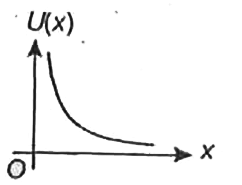

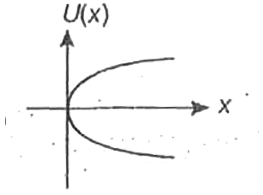
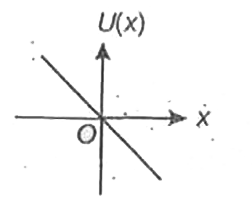
The correct Answer is:B
To solve the problem step by step, we will derive the potential energy function U(x) from the given force F=−ax.
Step 1: Understand the relationship between force and potential energy
The relationship between force F and potential energy U is given by:
F=−dUdx
This means that the force acting on the particle is equal to the negative gradient of the potential energy.
Step 2: Substitute the given force into the equation
We are given that the force is:
F=−ax
Substituting this into the equation gives:
−ax=−dUdx
This simplifies to:
dUdx=ax
Step 3: Integrate to find potential energy
To find the potential energy U(x), we need to integrate the equation:
dU=axdx
Integrating both sides:
U(x)=∫axdx=a2x2+C
where C is the constant of integration.
Step 4: Use the initial condition to determine the constant
We are given that U(0)=0. Substituting x=0 into the potential energy equation:
U(0)=a2(0)2+C=0
This implies that:
C=0
Thus, the potential energy function simplifies to:
U(x)=a2x2
Step 5: Identify the shape of the graph
The equation U(x)=a2x2 represents a quadratic function, which is a parabola that opens upwards (since a is positive).
Conclusion
The graph of potential energy U(x) versus x is an upward-opening parabola.
The relationship between force F and potential energy U is given by:
F=−dUdx
This means that the force acting on the particle is equal to the negative gradient of the potential energy.
We are given that the force is:
F=−ax
Substituting this into the equation gives:
−ax=−dUdx
This simplifies to:
dUdx=ax
To find the potential energy U(x), we need to integrate the equation:
dU=axdx
Integrating both sides:
U(x)=∫axdx=a2x2+C
where C is the constant of integration.
We are given that U(0)=0. Substituting x=0 into the potential energy equation:
U(0)=a2(0)2+C=0
This implies that:
C=0
Thus, the potential energy function simplifies to:
U(x)=a2x2
The equation U(x)=a2x2 represents a quadratic function, which is a parabola that opens upwards (since a is positive).
The graph of potential energy U(x) versus x is an upward-opening parabola.
Topper's Solved these Questions
- WORK, ENERGY AND POWERBOOK - AAKASH INSTITUTE ENGLISHCHAPTER - WORK, ENERGY AND POWEREXERCISE - Assignment (SECTION - B)
35 Videos
- WORK, ENERGY AND POWERBOOK - AAKASH INSTITUTE ENGLISHCHAPTER - WORK, ENERGY AND POWEREXERCISE - Assignment (SECTION - C)
80 Videos
- WORK, ENERGY AND POWERBOOK - AAKASH INSTITUTE ENGLISHCHAPTER - WORK, ENERGY AND POWEREXERCISE - EXERCISE
37 Videos
- WAVESBOOK - AAKASH INSTITUTE ENGLISHCHAPTER - WAVESEXERCISE - ASSIGNMENT ( SECTION-D ( Assertion - Reason Type Questions ))
12 Videos
Similar Questions
A particle free to move along x-axis is acted upon by a force F=−ax+bx2whrteaandbarepositiveconstants., the correct variation of potential energy function U(x) is best represented by.
View SolutionA particle is placed at the origin and a force F=Kx is acting on it (where k is a positive constant). If U(0)=0, the graph of U(x) verses x will be (where U is the potential energy function.)
View Solution
Knowledge Check
A particle is acted upon by a force F which varies with position x is shown in figure .If the particle at x=0 kinetic energy of 25J then the kinetic energy of the particle at x=16m is
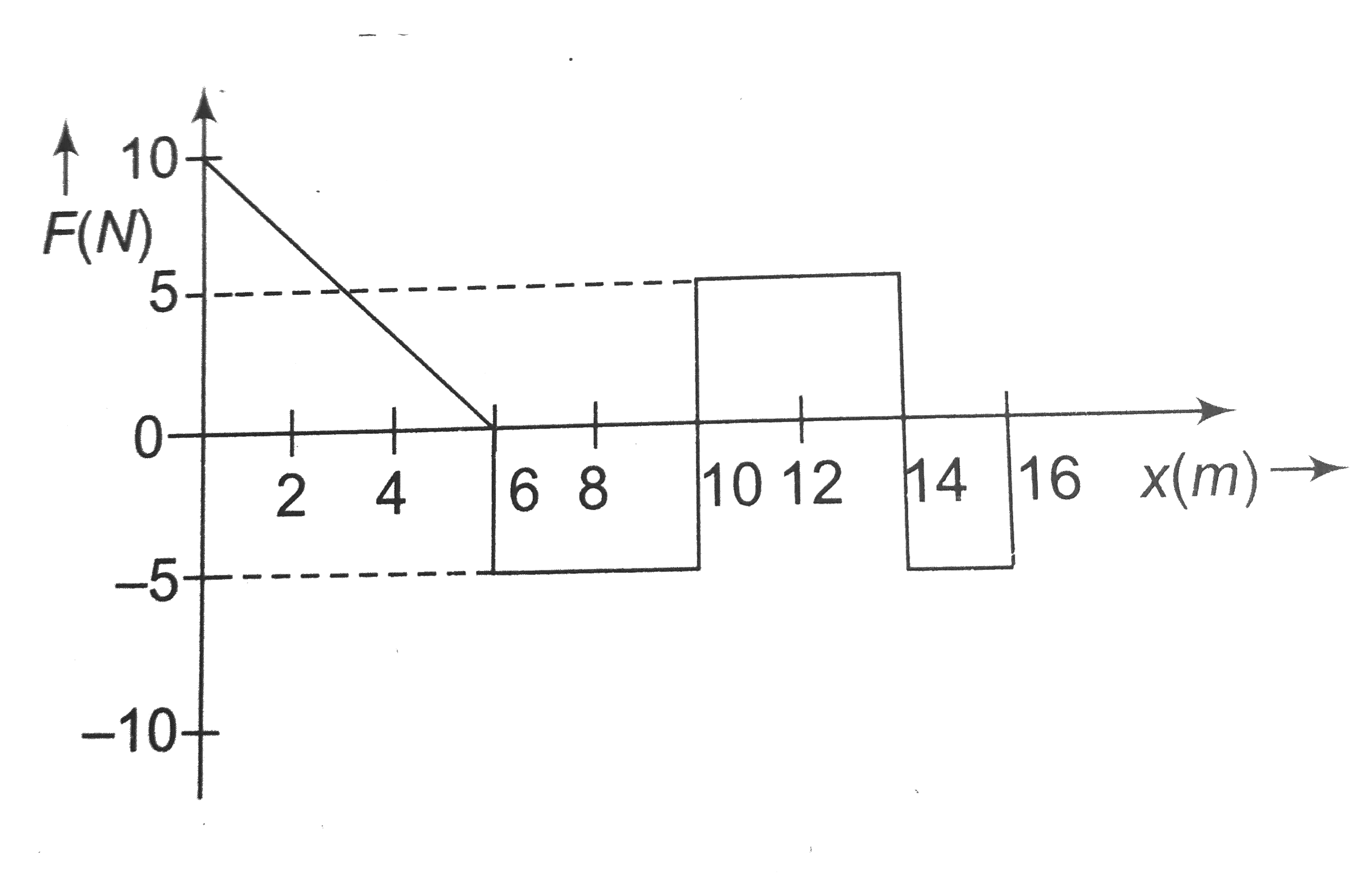 A45 JB30 JC70 JD20 J
A45 JB30 JC70 JD20 J
A particle is placed at the origin and a force F=Kx is acting on it (where k is a positive constant). If U(0)=0, the graph of U(x) verses x will be (where U is the potential energy function.)
View SolutionA particle, which is constrained to move along x-axis, is subjected to a force in the some direction which varies with the distance x of the particle from the origin an F(x)=−kx+ax3. Here, k and a are positive constants. For x(≥0, the functional form of the potential energy (u) U of the U (x) the particle is.
(a) , (b)
, (b) 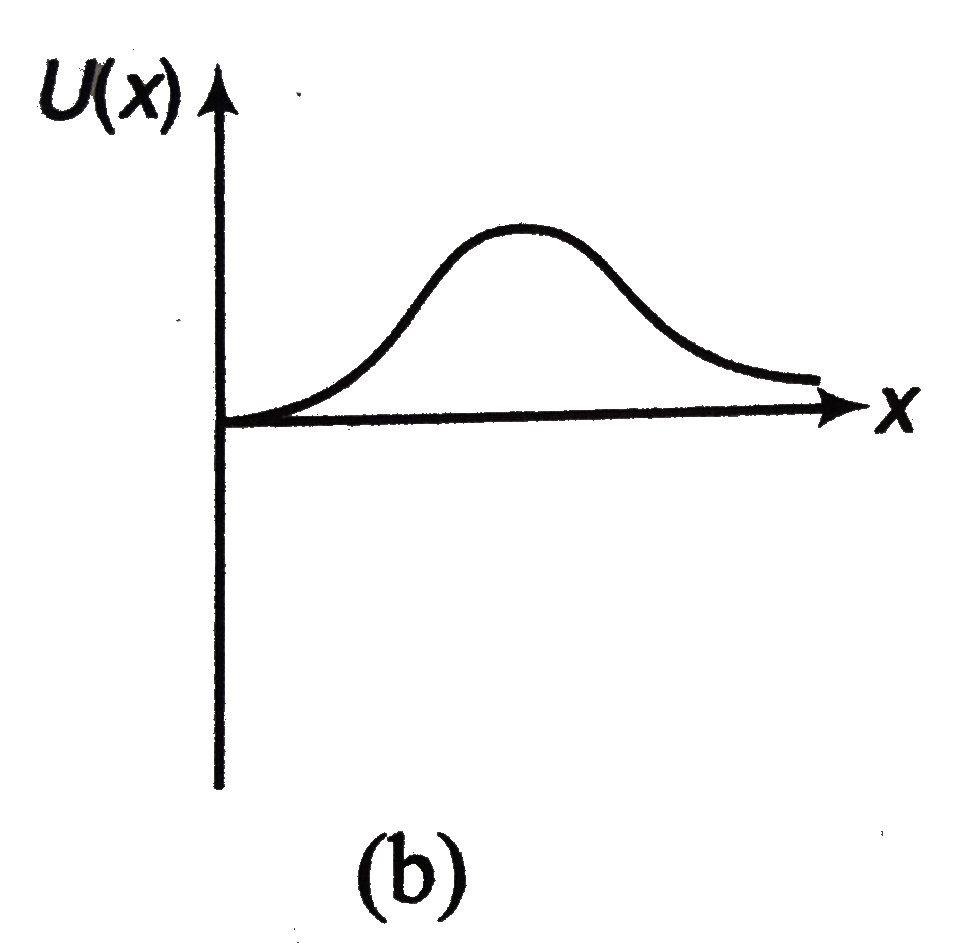 , (c)
, (c) 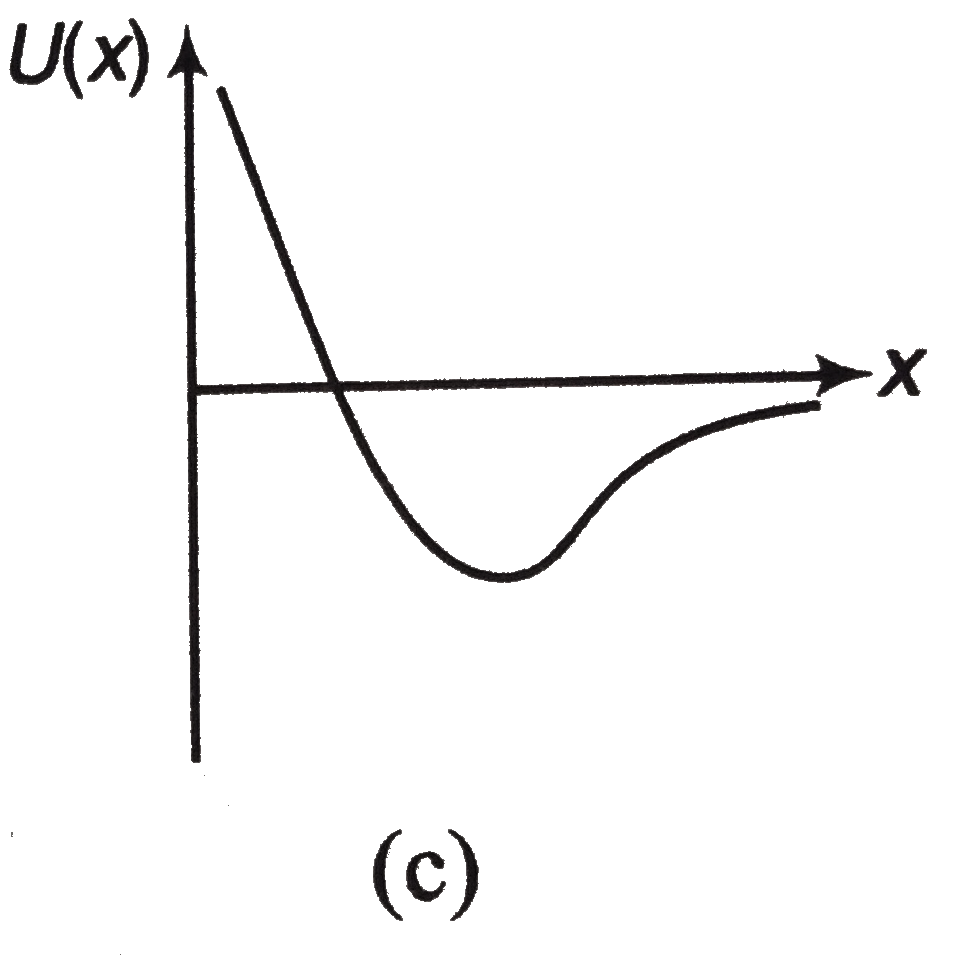 , (d)
, (d) 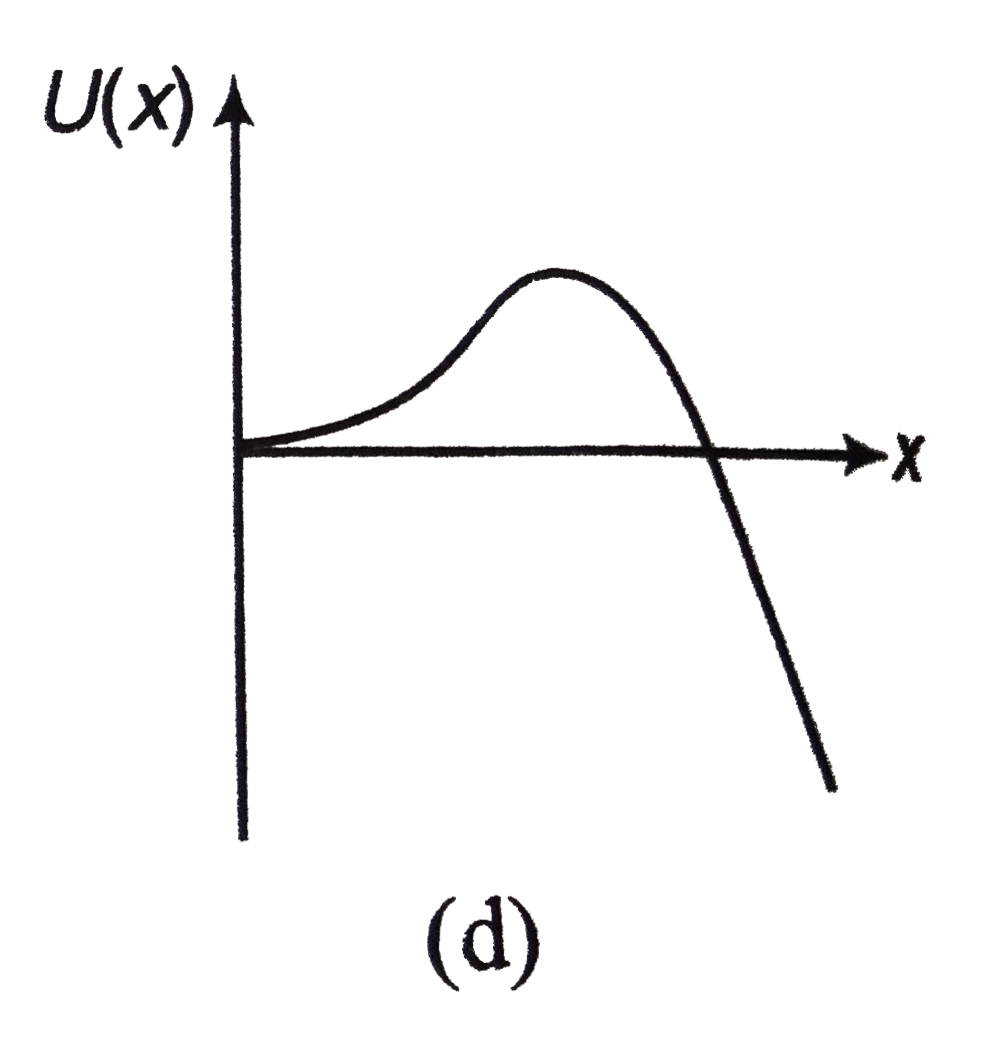 .
.
View SolutionA single conservative force acting on a particle varies as →F=(−Ax+Bx2)ˆiN, where A and B are constants and x is in meters. (a) Calculate the potential energy function U(x) associated with this force, taking U=0 at x=0. (b) Find the change in potential energy and the change in kinetic energy of the system as the particles moves from x=2.00m to x=3.00m.
View SolutionA particle executes linear SHM with amplitude A and mean position is x=0. Determine position of the particle where potential energy of the particle is equal to its kinetic energy.
View SolutionThe potential energy of a particle of mass m free to move along the x-axis is given by U=(1/2)kx2 for x<0 and U=0 for x≥0 (x denotes the x-coordinate of the particle and k is a positive constant). If the total mechanical energy of the particle is E, then its speed at x=−√2E/k is
View SolutionThe potential energy of a particle of mass m free to move along the x-axis is given by U=(1/2)kx2 for x<0 and U=0 for x≥0 (x denotes the x-coordinate of the particle and k is a positive constant). If the total mechanical energy of the particle is E, then its speed at x=−√2E/k is
View SolutionA particle is acted by x force F=Kx where K is a(+ve) constant its potential energy at x=0 is zero . Which curve correctly represent the variation of potential energy of the block with respect to x
View Solution
